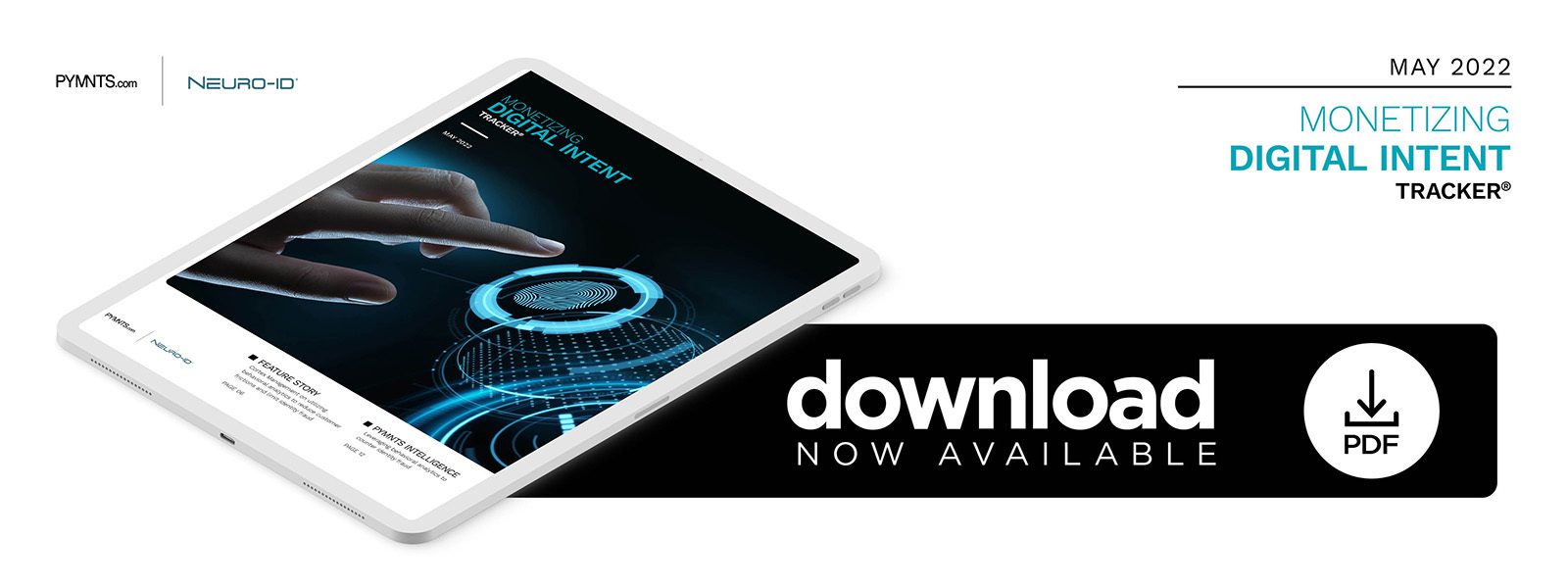Cortex Management on Utilizing Behavioral Analytics to Reduce Customer Frictions and Limit Identity Fraud

In this month’s “Monetizing Digital Intent Tracker,” Nitesh Harsh, director of risk portfolios for Cortex Management, tells PYMNTS about the urgent fraud prevention upgrade needed to fight modern fraudsters who weaponize consumer identity credentials.
Identity fraud is a pervasive issue in both the personal and business spheres, with bad actors deploying myriad methods to disguise their identities and pilfer money or data. Some steal personally identifiable information (PII) outright, while others generate identities to conduct their schemes.
For businesses to protect themselves and their customers from both methods, diligence is required, and legacy cybersecurity systems are no longer cutting it. More advanced tools such as behavioral analytics hold significantly more potential for success.
“Traditional cybersecurity methods are not foolproof,” said Nitesh Harsh, director of risk portfolios for FinTech company Cortex Management. “[Bad actors] keep on learning these new algorithms that lenders deploy, and they keep up with the technologies and try to come up with new ways to attack lenders.”
Harsh recently spoke with PYMNTS about how behavioral analytics helps companies like Cortex Management protect themselves from identity fraud while minimizing customer friction.
Pressing Identity Fraud Threats
Identity fraudsters operate in dozens of different ways, but the most common tactic is to exploit stolen data from legitimate customers, according to Harsh. Cybercriminals harvest identities en masse from dark web marketplaces and make hundreds of fraudulent applications at once, overwhelming traditional security systems.
“Fraudsters get ahold of personal information of genuine customers, such as Social [Security number], date of birth, name, address and many other personally identifiable characteristics, and [they] target lenders by submitting tens or even hundreds of applications in a day,” Harsh said. “If the lender doesn’t have a superior fraud defense system, they are bound to lose millions just because of the sheer volume of applications. The idea is to get as much money as they can before the lenders actually figure out that they have been attacked by an organized fraud ring.”
Fraudsters have been smartly evolving with the times as well. Any defense system only has a matter of time before a bad actor figures out a way to circumvent or breach it, and many legacy cybersecurity systems have widely known vulnerabilities, greatly limiting their effectiveness.
“These organized fraud rings keep up with the industry’s algorithms, and if they see that they are getting declined, they try to learn these technologies and try to find a way to beat the lender’s algorithm,” said Harsh. “A few years ago, traditional cybersecurity was enough to keep these fraudsters out from your system. But now, given that they’ve become so sophisticated, you would typically need multiple layers of security for fraud.”
Behavioral analytics can form the cornerstone of these security systems without sacrificing customer experiences, according to Harsh.
How Behavioral Analytics Fights Identity Fraud
Behavioral analytic systems do not require extra data input from customers, but instead analyze their typing of required data points like names and email addresses. If this behavior is atypical of a legitimate customer, the applicant is flagged for further fraud checks.
“We look at how the customers respond to each of the application questions and try to find patterns,” said Harsh. “If there is any pattern that separates a particular segment from the general population that is considered as high risk, we target that population to do additional checks and verification. So far, the fraud rate has definitely come down. … The behavioral analytics data is very powerful in catching organized fraud.”
Behavioral analytics has the added bonus of a lower level of inconvenience for customers as well, Harsh said. Reducing the amount of customer effort necessary for verification and limiting false positives both reduce friction in the application process, resulting in a smoother experience.
“You’re not just looking at credit files, you’re not just looking at digital footprints, you’re looking at how these questions are being answered,” said Harsh. “The sophisticated and complex algorithm [brings] down the false positive rate — only those customers that are very likely to be fraudulent are getting flagged. We are not adding the extra layer of friction through multiple means of verification to genuine customers.”
Identity fraud is still a pressing issue to businesses the world over, but behavioral analytics can largely mitigate this threat for businesses, allowing them to protect themselves and their customers.
